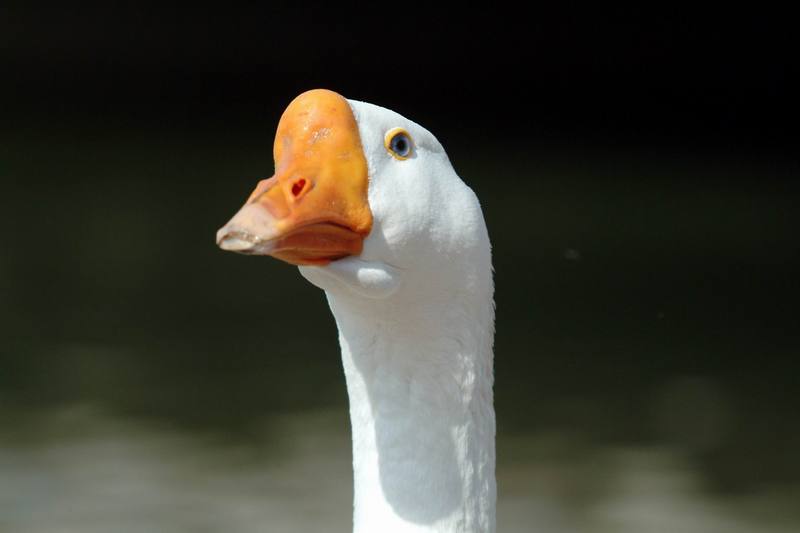|
| Query: Goose | Result: 1189th of 1263 | |
중국거위 Anser cygnoides (Swan Goose)
| Subject: | 중국거위 Anser cygnoides (Swan Goose)
| | Poster: | Jinsuk Kim (kusnij@naver.com)
| |

| Resolution: 2268x1512
File Size: 152564 Bytes
Date: 2005:03:12 15:19:15
Camera: FinePixS2Pro (FUJIFILM)
F number: f/6.0
Exposure: 10/15000 sec
Focal Length: 26700/100
Upload Date: 2005:03:19 18:01:44
|
대전시 유성구 한국과학기술원(KAIST) 연못 |
^o^
Animal Pictures Archive for smart phones
^o^
|
|

